As parents, we all want the best for our children, and that includes a smooth, successful journey through the Singaporean education system. With the recent updates in the Primary Maths syllabus (implemented in 2021 starting from Primary 1), which affects Primary 4 students in 2024, sparking curiosity among many of us regarding its implications for our children's academic journey, particularly from Primary 4 to Primary 6. These changes implemented by the Ministry of Education (MOE), designed to enhance the learning experience and deepen mathematical understanding, promise to refine our children's problem-solving skills and conceptual grasp of Maths.
As we navigate the nuances of the PSLE Maths syllabus and the broader Primary Maths syllabus, it's essential to understand how these adjustments serve to better prepare our young learners for the challenges of Secondary education and beyond.
The updates to the Primary Maths syllabus aim to better prepare children for the challenges of the 21st century by focusing on three key areas: enhancing mathematical thinking, deepening understanding of core concepts, and promoting self-learning and reflection.
Here's a quick rundown:
One of the significant changes you'll notice is how some topics have been reshuffled across different levels to make learning more intuitive. For instance, the previous Primary 2 Maths chapter on Time, which included topics like telling time to 5 minutes, is now introduced earlier in Primary 1. As a result, certain concepts that were previously introduced only in Primary 4, are now covered in Primary 3.
Some of the other reorganisation of topics across grade levels include:
Topic |
Original Grade Level |
Changed Grade Level |
Geometry (Turns and 8-point compass)*Concept is removed from the syllabus |
Primary 4 |
---- |
Time
|
Primary 4 |
Primary 3 |
Average |
Primary 5 |
Primary 6 |
Ratio |
Primary 5 |
Primary 6 |
Pie Charts |
Primary 6 |
Primary 4 |
Nets |
Primary 6 |
Primary 4 |
Speed |
Primary 6 |
Secondary 1 |
These updates aren't just about shifting topics around; they're carefully designed to ensure that each Maths concept is introduced when kids are most ready to grasp and engage with them, making learning more focused, enjoyable, and meaningful.
These changes to the Maths syllabus may seem small, but they represent a significant shift in the learning flow of our students. Here's what we can expect:
1. Early Data Analysis
This year, Primary 4 students are getting an early start on data analysis! They will be diving into line graphs and even pie charts, a topic previously introduced in Primary 6.
With an early introduction, your child will build a strong foundation and enjoy a smoother progression in his or her conceptual mastery, learning to read and interpret different data representations from picture graphs (Primary 2) to bar graphs (Primary 3) and now, pie charts and line graphs (Primary 4). With a solid foundation, your child will have more time to master challenging problems that incorporate the interpretation of data from multiple graphs in the lead-up to the PSLE.
Here at The Learning Lab, we use fun and interesting ways to teach students the concepts in the topic of graphs so that students find the concepts more relatable, especially at younger grade levels. For example, our Primary 1 students learn how to construct a picture graph while going on an imaginary adventure camp during a revision cycle.
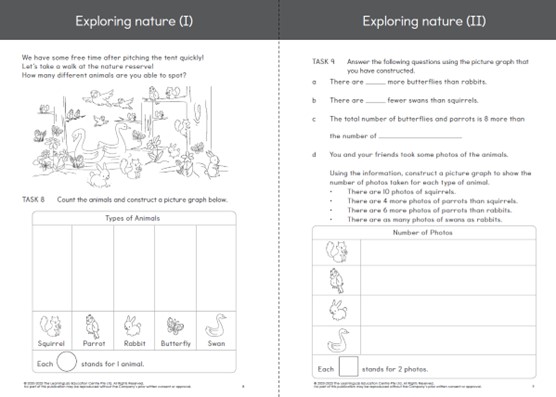
At the end of Primary 2, our students get an early head start in graphs at Primary 3 by exploring a case study about different food imports in Singapore! Through various graph formats, our students learn how data can be represented in various ways to share valuable information with readers!
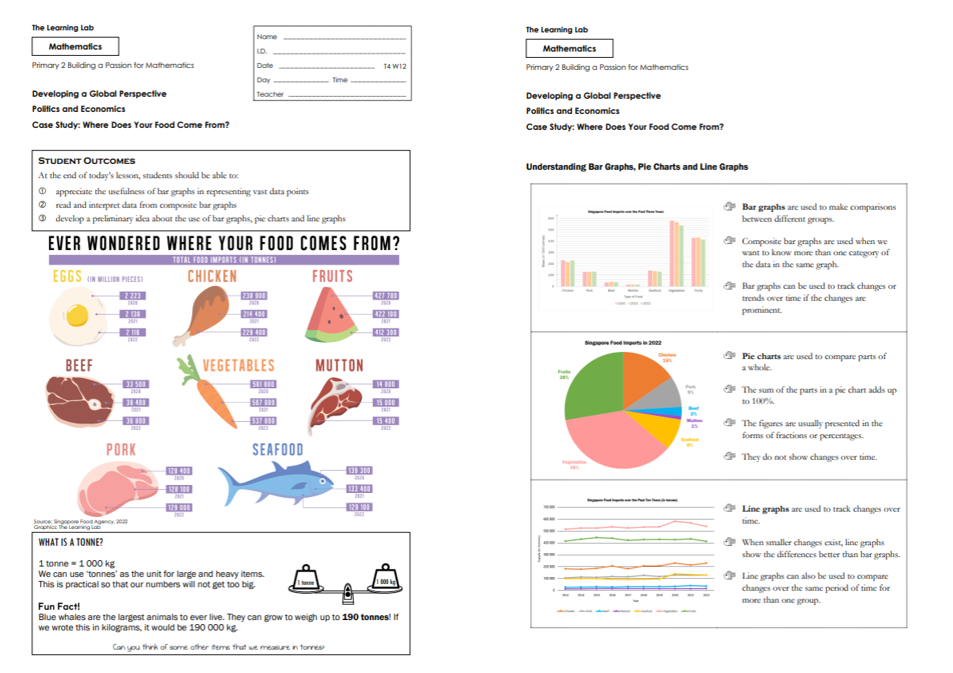
2. Concrete Before Abstract
Introducing nets in Primary 4 before students learn volume and surface area in Primary 5 makes perfect sense.
While the term itself might be unfamiliar, nets are essentially flattened versions of 3D shapes, like unfolding a box to see its individual faces. This approach helps students to visualise how 2D shapes are connected to form 3D solids, fostering a deeper understanding of spatial relationships and laying the groundwork for more complex volume and surface area concepts covered in Primary 5.
At The Learning Lab, our Maths lessons incorporate the use of manipulatives so that learning is not only more engaging but also allows students to see abstract concepts in a tangible way! For the topic of Nets, our students use magnetic 2D building blocks to form and explore possible nets of 3D solids. Our students can even log onto TLL.360, our online learning management platform, to view visualisation videos related to the topic!
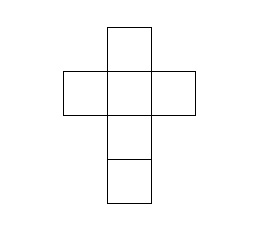
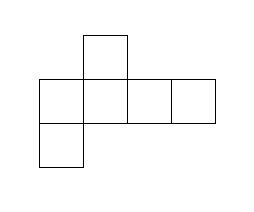
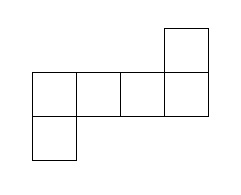
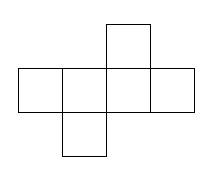
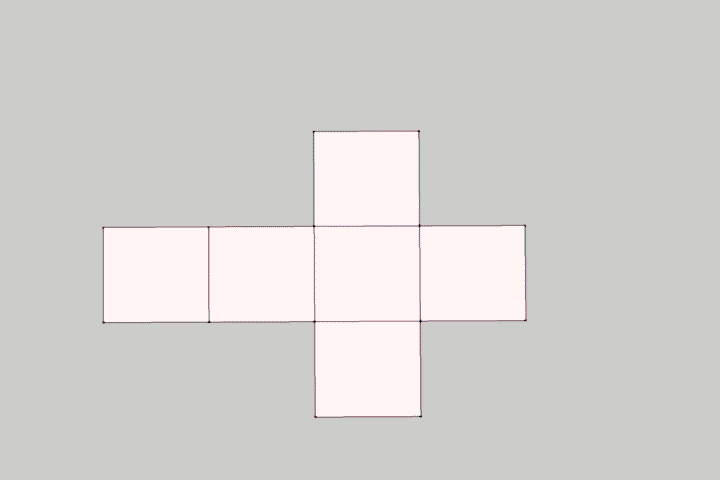
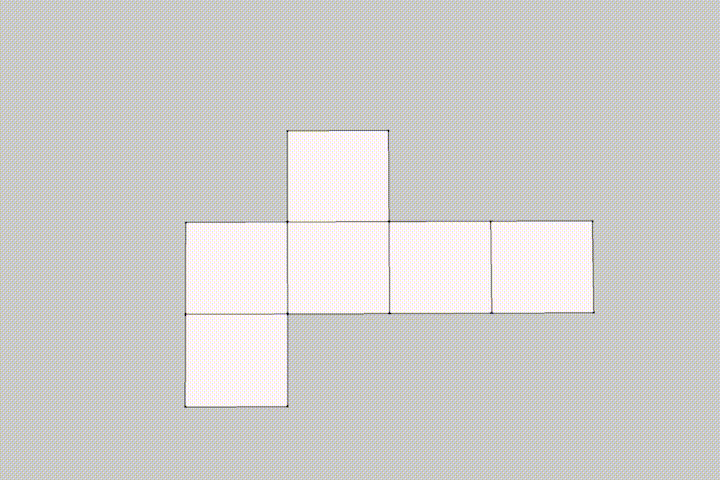

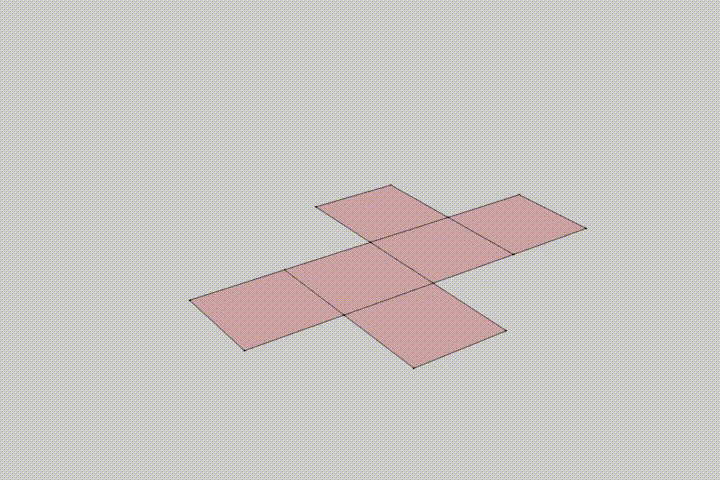
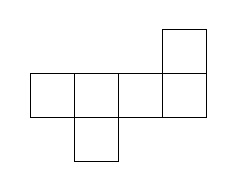
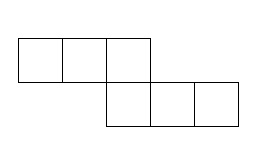
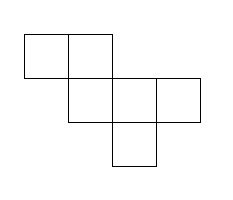
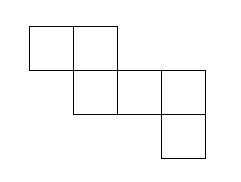
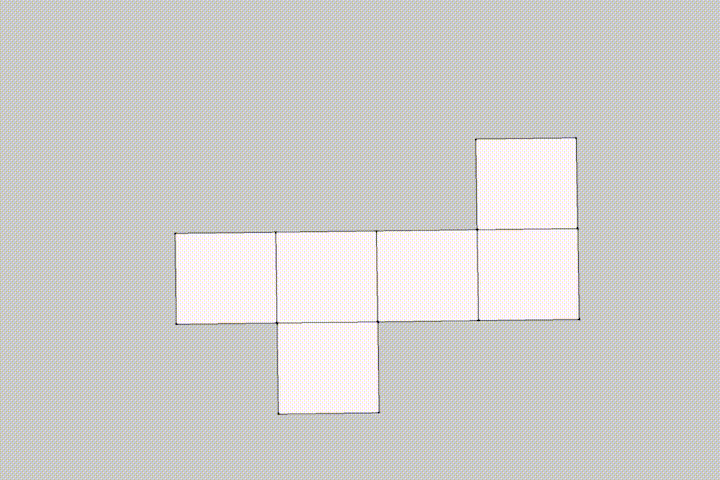
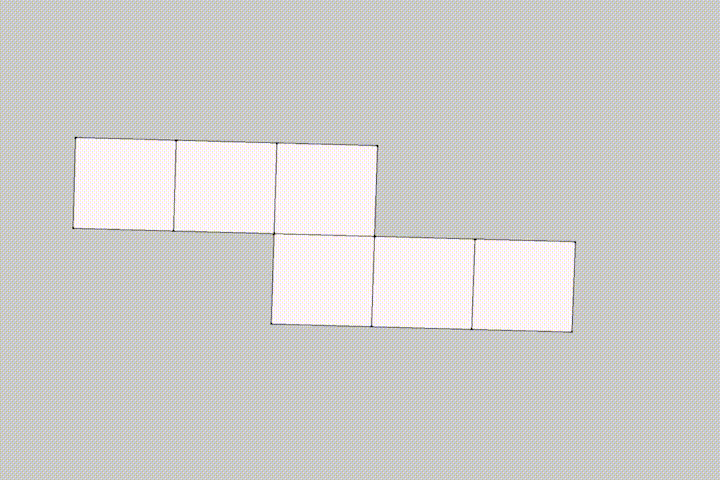
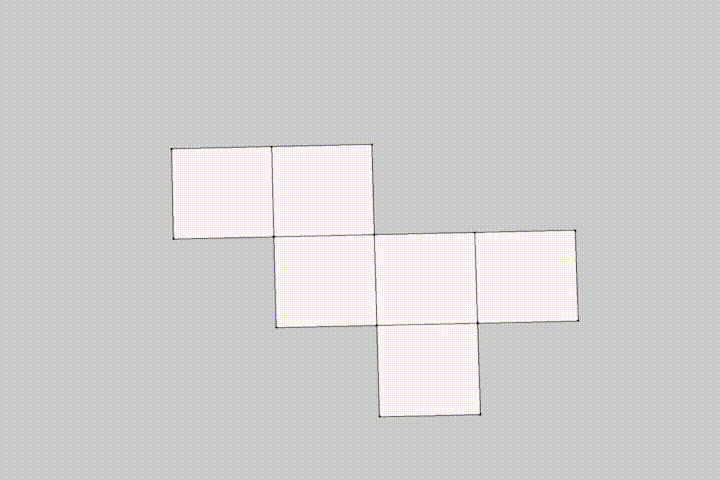
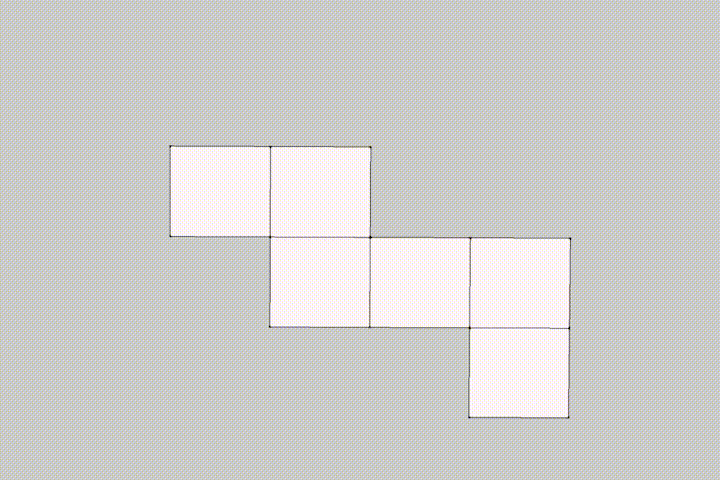
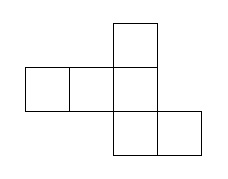
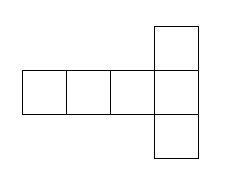
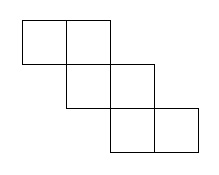
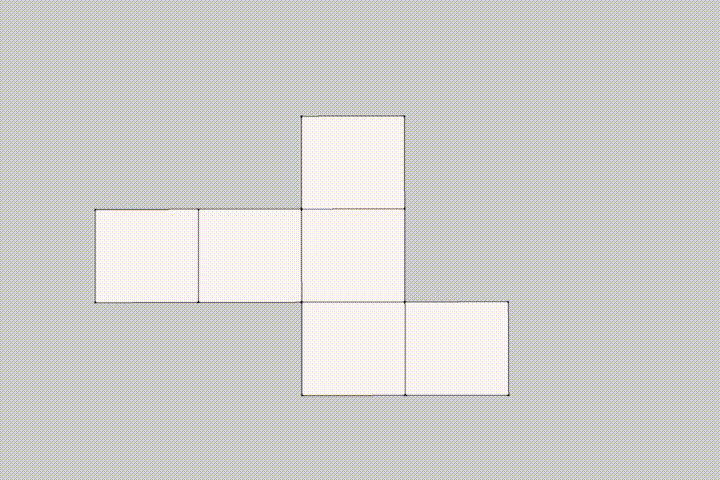
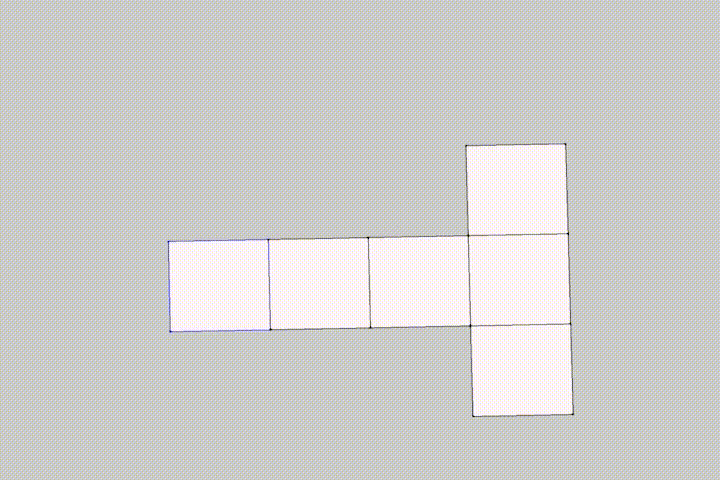
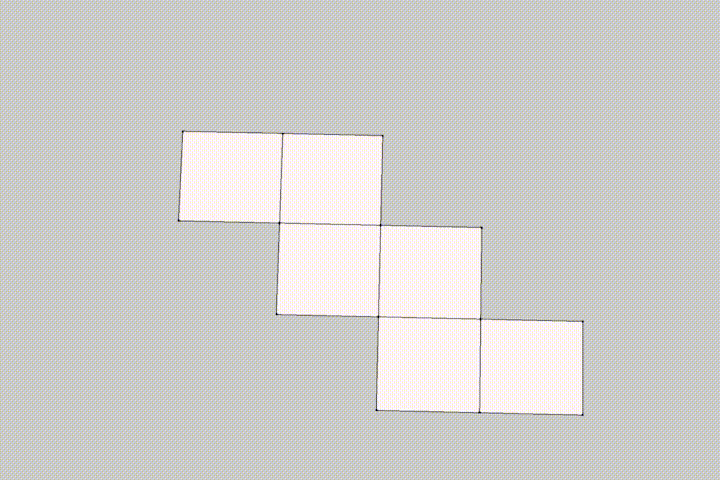
3. Strategic Topic Placement
The topic of Average, while not inherently difficult, finds its new home in Primary 6 instead of Primary 5. This allows students to first build a strong foundation in data analysis before applying it to more complex concepts like calculating unknown values.
4. Farewell, Speedy Situations
The topic of Speed has often been difficult for students to grasp due to its abstract nature. With its removal from the list of topics tested in the PSLE Maths paper in 2026, Primary 6 students now have more time to focus on their revision of other topics in the syllabus. They will also be better equipped to understand the abstract nature of concepts related to Speed once they learn the basics of algebra in Secondary 1.
5. Smoother Flow, Lighter Load
Overall, the changes seem to aim for a more balanced learning experience. By shifting Average and Ratio to Primary 6 with the removal of Speed and shifting Pie Charts and Nets to Primary 4, the notoriously content-heavy Primary 5 level gets a bit lighter. This will allow students more time to learn existing abstract Primary 5 topics such as Percentage and Volume & Surface Area.
These changes introduced by the MOE help our students to have a smoother learning journey through their Primary school years and reflect a renewed focus on:
Here at The Learning Lab, we are committed to supporting your child as he or she navigates the challenges of his or her primary school learning journey. Why wait to give your child the advantage of a forward-thinking education?
Register for our Maths classes now and discover how our unique approach to learning can help your child not only achieve academic success but also develop the life skills and character needed for a bright future. Find out more about our curriculum and lessons by filling in the link at the end of the page!

Find out how the recent changes announced by MOE regarding All About Full Subject-Based Banding might impact students Secondary schoole. Get tips to help your child navigate these changes and support their academic journey effectively.

Learn about the recent changes to the O-Level and A-Level Examination Changes. Learn about the key changes to exam components in O-Level English, A-Level English, and General Paper, and how we support students through these changes.

Find out more about the three significant changes to Primary and Secondary Science, including alterations to topics learnt in each level, a greater emphasis on skills, and a change in Learning Outcomes (LOs), and how we prepare students for these changes.